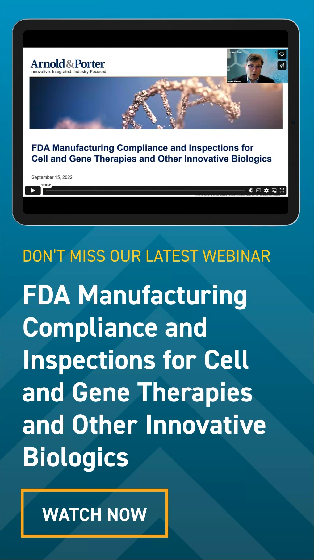Everything You May Want to Know About Therapeutic Equivalence (and More!)
While most of us old timers grew up with Therapeutic Equivalence (TE) after the passage of Hatch-Waxman, the newly released draft guidance on TE (here) should be a good primer or refresher for most interested parties. There may also be some things you did not know, like how a 505(b)(2) application can request a TE […]












